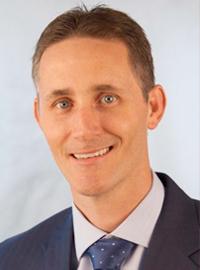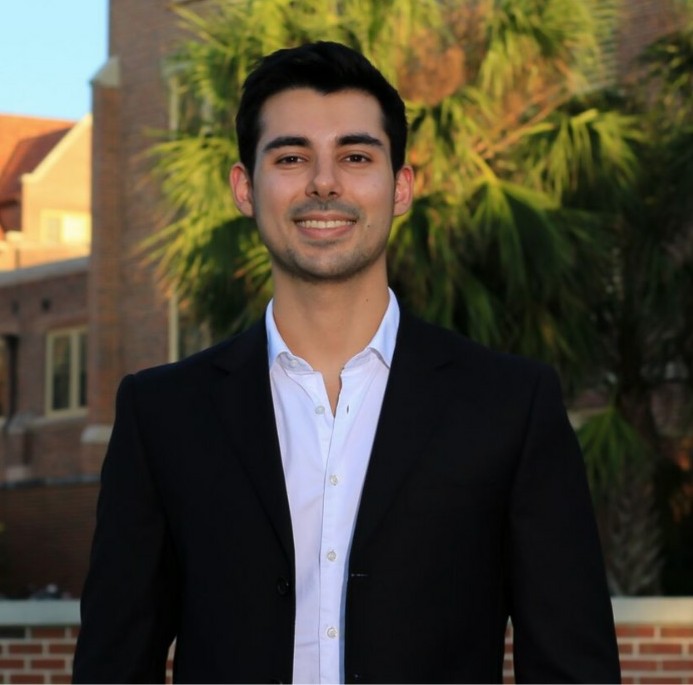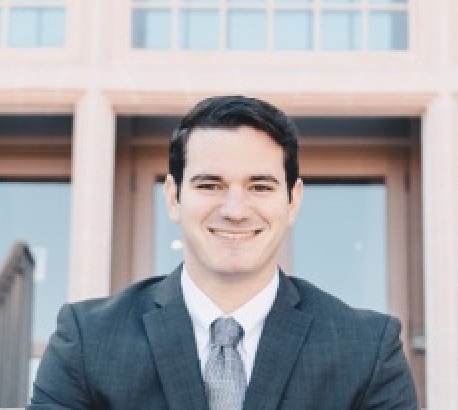Trane is a leading manufacturer in heating, ventilation, and cooling systems. Florida State University uses electricity to run the campus, costing the school millions of dollars each year. Our team's assignment is to lessen Florida State University’s costs by focusing on the use of energy on campus. The heating, ventilation, and cooling systems account for more than 60% of the school’s total energy usage. Our team looked for ways to decrease both the peak demand and consumption on campus. Our sponsor led the team to focus the project scope to Florida State University’s central utility plant. This is because the greatest impact on energy usage can be made at this location.
The objective is to decrease the energy cost of the central utility plant by at least 15% and provide solutions that will benefit the university. The team considered a variety of initial solutions such as large battery packs, replacing lightbulbs, and incentive programs among others. The ideas were judged based on the initial investment and savings for Florida State University. Other factors such as a good looking design and disturbing the campus’s regular activities were considered.
The team picked the solution that would save the most money which is a chilled water tank. Adding an energy storage tank decreases the peak demand by having some of the chillers running at night when the school is using less energy. The cost to build this tank is around $6.5M. The estimated savings are at least $400k each year. This gives a return on investment between 10 - 20 years because energy storage tanks last over 50 years. Also, they do not lose efficiency over time like batteries and other storage methods. Since the life of the tank is longer than the return on investment, this solution is viable.
Thermal energy storage is like a battery for a building’s air-conditioning system. It uses standard cooling equipment, plus an energy storage tank to shift all or a portion of a building’s cooling needs to off-peak, night time hours. During off-peak hours, ice is made and stored inside IceBank energy storage tanks. The stored ice is then used to cool the building occupants the next day.
The tank reduces energy costs by lowering the peak electric demand during the day, it reduces energy consumption by shifting operation time to nighttime which improves efficiency of chillers, allows the campus to keep up with increasing cooling loads without adding a new chiller and it also provides additional redundancy for the campus in case of an equipment failure
The team, with the sponsor's guidance, contacted with DN Tanks, a thermal energy storage tank manufacturer for more guidance. Click here to see more about the science behind it from their website.

Solutions Advisor, LEED AP, CEM, CDSM

Teaching faculty at FAMU-FSU College of Engineer

Professor of Thermodynamic Optimization or Advanced Energy Systems

Responsible for team management, schedule coordination and communication amongst team members and stakeholders. Responsible for editing and final submission of each assignment, the project manager will also be responsible for managing budget and keeping track of deadlines.

As the member with the most experience in the field, responsibilities include minor project management, energy auditor, financial analysis and research. The member is also responsible for providing specialized support to each team member regarding technical information.

Responsible for the industrial engineering aspects of the project. Responsibilities include invoking the principles of Six Sigma, conducting a cost benefit analysis, providing support with software such as Minitab and Matlab, and conduct research to provide possible solutions to reduce energy usage.

Responsible for most of the mechanical aspects of the project. Responsibilities include review of mechanical designs, coordination with mechanical departments, and cost analysist. The lead mechanical engineer will also oversee programming, leading and assisting other members.
Responsible for electrical aspects of the project. Responsibilities include presenting solutions based on the data collected and analyzed, review of electrical designs, research of new electrical technologies, coordination with the ECE department, support with Matlab, Multisim and other software.

Responsible for acquiring/discovering useful information, modeling power system data, informing conclusions and supporting decision-making with the direct help of the adviser.